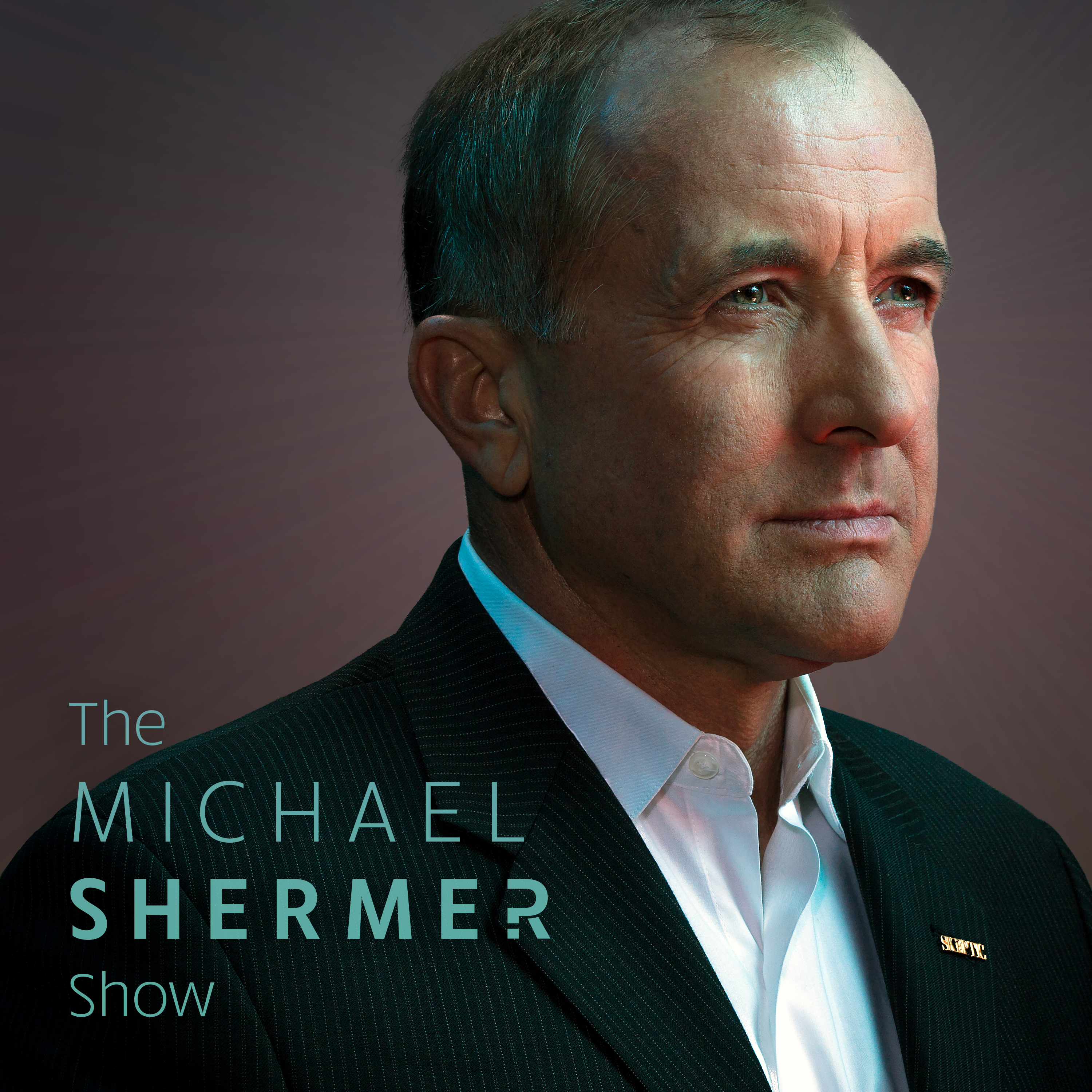301. Alan Blinder A Monetary and Fiscal History of the United States

b'
Shermer and Blinder discuss: serving on Bill Clinton\\u2019s Council of Economic Advisers \\u2022 being the Vice Chair of the Federal Reserve Board \\u2022 What kind of science is economics? \\u2022 how one\\u2019s political leanings influence cause-and-effect economic theories \\u2022 the difference between monetary and fiscal policy \\u2022 a Keynesian approach to economics \\u2022 inflation, stagflation, recessions, depressions, Bull and Bear markets defined \\u2022 interest rates \\u2022 the Federal Reserve \\u2022 the money supply \\u2022 What makes money valuable without the gold standard? \\u2022 how the government can give billions of dollars in COVID relief and other programs \\u2022 deficit spending \\u2022 business cycles/boom-and-bust cycles \\u2022 Reagonomics/trickle-down economics \\u2022 Is GDP the best measure of an economy\\u2019s success? \\u2022 unemployment and full employment: what\\u2019s the right percentage? \\u2022 income tax: what\\u2019s the right percentage? \\u2022 the best investments to make in the long run \\u2022 modern monetary theory, and \\u2022 utility maximizing.
Alan S. Blinder is the Gordon S. Rentschler Memorial Professor of Economics and Public Affairs at Princeton University, a former vice chair of the Federal Reserve Board, and a former member of the President\\u2019s Council of Economic Advisers. A regular columnist for the Wall Street Journal, he is the author of many books, including the New York Times bestseller After the Music Stopped: The Financial Crisis, the Response, and the Work Ahead. He lives in Princeton, New Jersey
'